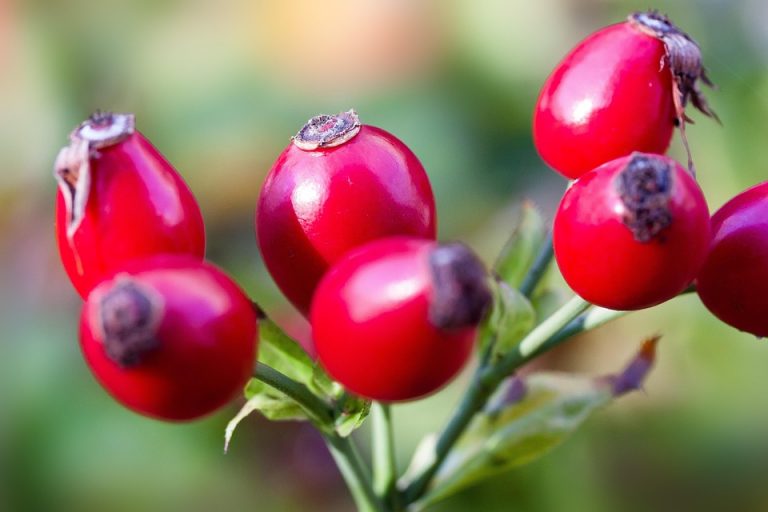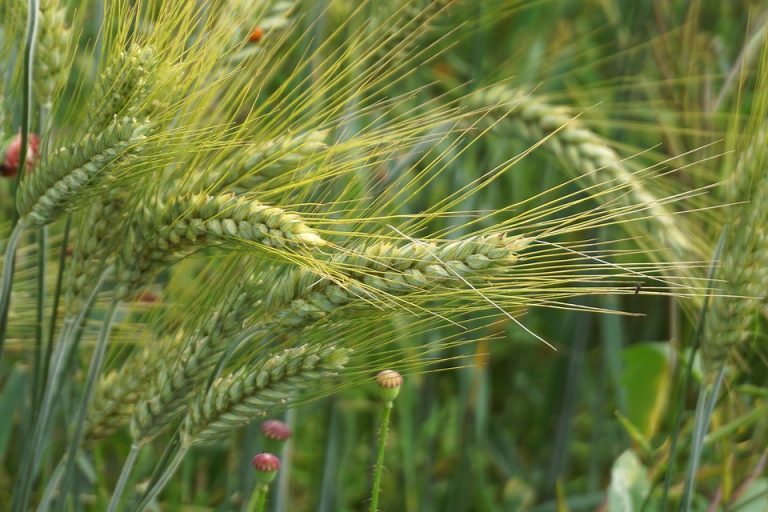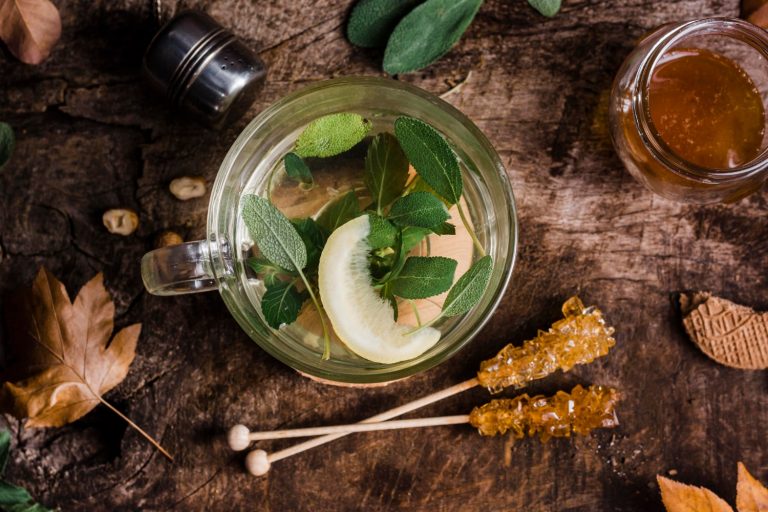Overactive bladder can feel like an unwelcome guest in your life, showing up at the most inconvenient moments. If you’re living with this condition, you know it can disrupt your daily routine, affect your confidence, and even strain relationships. But here’s the good news: you’re not alone, and there are effective strategies to manage overactive bladder today.
An overactive bladder (OAB) is characterized by a sudden, uncontrollable urge to urinate, often leading to frequent trips to the bathroom. It’s more than just an inconvenience; it can significantly impact your quality of life. Understanding how to manage this condition is crucial, not just for your physical health but for your emotional well-being, too.
Contents
Understanding Overactive Bladder
Before diving into the tips, let’s take a moment to unpack what overactive bladder means for you. This condition affects millions, and it’s often misunderstood. It’s not just about frequent urination; it can lead to feelings of embarrassment, anxiety, and social withdrawal. Recognizing that OAB is a legitimate health issue is the first step in reclaiming your life.
Why Managing OAB Matters
You may find yourself planning your day around restroom locations or skipping social gatherings altogether. This isn’t just a nuisance; it can lead to isolation and impact mental health. By taking control of your OAB, you can regain your confidence and enjoy life to its fullest.
1. Track Your Symptoms
The first step in managing overactive bladder today is to keep a symptoms diary. Jot down when you feel the urge to go, how often, and any triggers you notice. This not only helps you identify patterns but also provides valuable information for your healthcare provider.
- What to Track:
- Frequency of urination
- Fluid intake
- Triggering foods or drinks
- Unusual symptoms
Arming yourself with this data will make discussions with your doctor more productive.
2. Adjust Your Diet
What you eat and drink can significantly impact your bladder. Certain foods and beverages are known irritants, while others can help soothe your system. Here’s a breakdown:
Foods and Drinks to Avoid:
- Caffeine: Found in coffee, tea, and some sodas, caffeine can irritate the bladder.
- Alcohol: A diuretic that can increase urgency.
- Spicy Foods: Can cause discomfort.
- Artificial Sweeteners: Some people find these irritating.
Helpful Foods:
- Water: Stay hydrated but regulate intake.
- Fruits: Like berries and watermelon, can be refreshing and hydrating.
- Whole Grains: Such as brown rice and oats, can help overall health.
Making mindful choices can ease symptoms and improve your bladder health.
3. Practice Bladder Training
Bladder training is a powerful technique that can help you regain control. It involves gradually increasing the time between bathroom visits. Here’s how to start:
- Set a Schedule: Begin with a set time to urinate, say every hour.
- Gradually Increase: As you feel more comfortable, extend the time by 15-30 minutes.
- Be Patient: It may take weeks to see results, but consistency is key.
This technique can help retrain your bladder to hold more urine for longer periods, reducing those sudden urges.
4. Incorporate Pelvic Floor Exercises
Strengthening your pelvic floor muscles can significantly help manage overactive bladder. These muscles support your bladder, and stronger muscles mean better control. Here’s a simple exercise to try:
Kegel Exercises:
- Identify Your Pelvic Floor Muscles: Try stopping urination mid-flow.
- Contract and Hold: Tighten these muscles for 5 seconds.
- Release and Repeat: Relax for 5 seconds and repeat 10-15 times.
Incorporate these exercises into your daily routine. You can do them anywhere—while sitting at your desk, watching TV, or lying in bed.
5. Stay Active
Regular physical activity offers a multitude of benefits, including improved bladder control. Exercise can help manage weight, which may alleviate pressure on your bladder. Plus, it’s a great stress reliever, and stress can exacerbate OAB symptoms.
Types of Exercise:
- Walking: Simple and effective.
- Yoga: Focuses on relaxation and core strength.
- Swimming: Low-impact and beneficial for your entire body.
Aim for at least 30 minutes of moderate exercise most days of the week.
6. Consider Behavioral Therapy
Behavioral therapy can be incredibly effective in managing overactive bladder. This involves working with a trained professional to develop coping strategies and behavioral modifications. Cognitive-behavioral therapy can address any anxiety surrounding OAB, helping you regain control.
Therapies to Explore:
- Biofeedback: Helps you become more aware of your body’s responses.
- Cognitive Behavioral Therapy (CBT): Works on changing negative thought patterns.
Consult with a healthcare professional to see what might work best for you.
7. Explore Medical Options
If lifestyle changes aren’t enough, don’t hesitate to discuss medical options with your doctor. There are various medications available that can help relax the bladder. Additionally, newer treatments like nerve stimulation and Botox injections are also options worth considering.
Common Medications:
- Anticholinergics: Help reduce bladder spasms.
- Beta-3 Agonists: Relax the bladder muscle.
Discuss the pros and cons of these options with your healthcare provider to find the best fit for your needs.
Bottom Line
Managing overactive bladder today is not just about coping; it’s about reclaiming your life. By tracking your symptoms, adjusting your diet, practicing bladder training and pelvic exercises, staying active, considering behavioral therapy, and exploring medical options, you can take charge. Understanding your body and being proactive is empowering.
Don’t let overactive bladder dictate your life. Embrace these tips, and take the steps toward a more confident, fulfilling life.
FAQ
1. What is overactive bladder?
Overactive bladder is a condition characterized by an urgent need to urinate frequently, often accompanied by incontinence.
2. Can diet affect overactive bladder?
Yes, certain foods and drinks can irritate the bladder. Avoiding caffeine and alcohol, for example, may help alleviate symptoms.
3. How long does it take to see improvements with bladder training?
Improvements can vary, but many people may start to notice changes within a few weeks of consistent practice.
4. Are there medications for overactive bladder?
Yes, there are various medications available that can help manage symptoms effectively.
Empower yourself with knowledge and actions. You deserve to live your life without the burdens of overactive bladder. Take that first step today.








